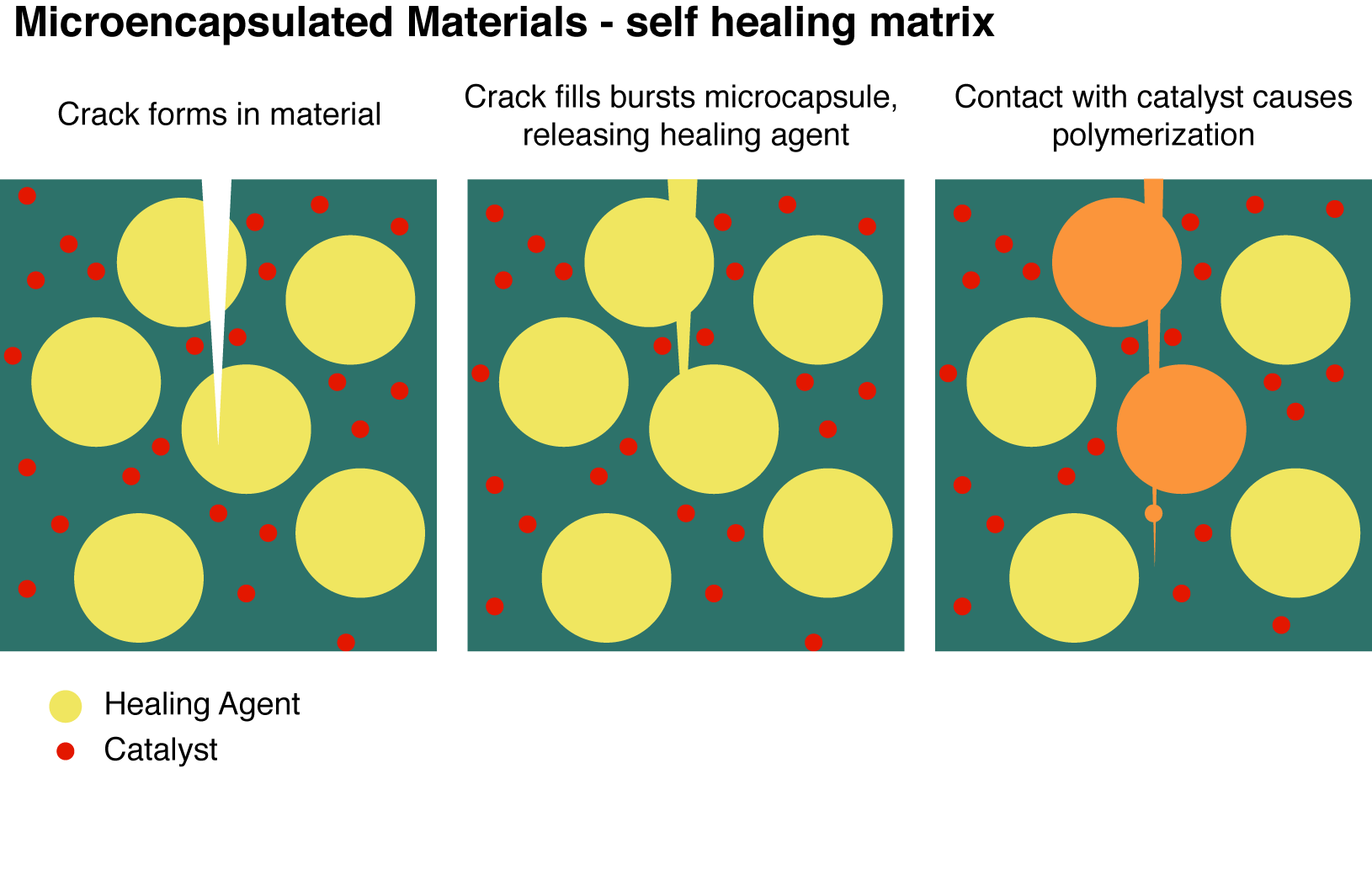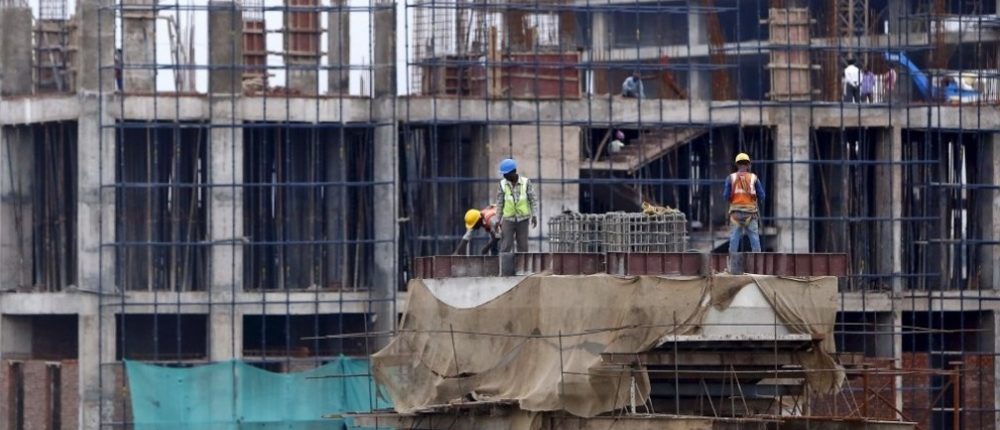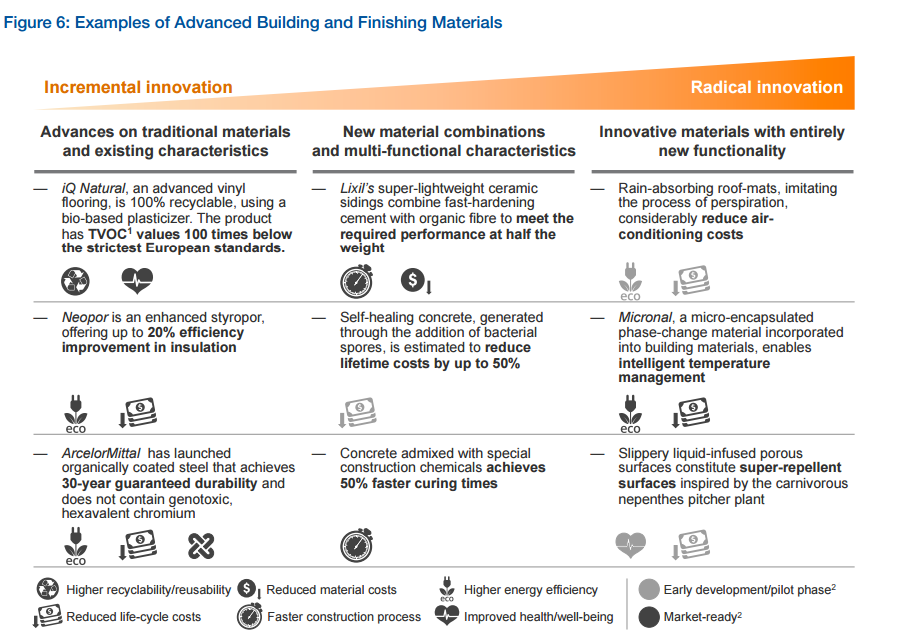Self-healing concrete and sweaty roofs: is this the future of buildings?
Concrete that can fix itself, roofing that can sweat and surfaces inspired by carnivorous plants are some of the radical new technologies that hold the key to transforming the building industry, according to a new report.
The study, from the World Economic Forum, looks at how the building industry can adapt to some of the key challenges of the next few decades; from meeting the demands of rapid urbanisation to tackling climate change. Shaping the Future of Construction says that an industry which has been traditionally slow to adopt to technology must now move to embrace it.
Self-healing concrete is one example of the kind of technology which could add years to a building’s life. The material is able to release a healing agent when cracks appear. When the agent comes into contact with a catalyst inside the concrete it turns into a solid, strong polymer.
 Another innovation which could significantly reduce running costs is a rain-absorbing matting which, acting in the same way as perspiration, cools the building as the rain evaporates.
Another innovation which could significantly reduce running costs is a rain-absorbing matting which, acting in the same way as perspiration, cools the building as the rain evaporates.
The building on the right of this picture uses the new technology – the infrared image shows the whole structure is cooler than its neighbour.
[Image: Rotzetter ACC/Advanced Materials]
And technology can now mimic a tropical carnivorous plant, the nepenthes, to make surfaces so slippery that they become self-cleaning. The plant uses a slippery surface so that its prey slides inside to be devoured.
Buildings can borrow the same technique for different ends, using a lubricating film makes their surface immiscible to liquid – incapable to mixing with it.
[Image: Wong Laboratory for Nature Inspired Engineering]
These are just some of the technologies which the report identifies as having the potential to modernise the construction industry – some more radical than others.
[Image: Ellen MacArthur Foundation; World Economic Forum; Boston Consulting Group]
What really needs to change, the report says, is not so much the pace of new technology as the construction industry’s attitude towards it.
Many practices in the construction industry have not substantially changed in 50 years. Traditional, proven methods and materials are used and builders are often focused on the short-term construction costs rather than the lifetime costs of a project. To reduce waste and increase efficiency, that needs to change.
As an industry that strongly affects the economy, the environment and society as a whole and is the world’s largest consumer of raw materials, the construction industry has a key role to play, according to the report’s authors.
There have already been some exceptionally promising developments and there will be many more. Now we need to start using them.
Read the full report, Shaping the Future of Construction: A Breakthrough in Mindset and Technology.
Written by Keith Breene, Formative Content, World Economic Forum
This article was also published on the Future of Construction Knowledge Sharing Platform and the WEF Agenda Blog.
--Future of Construction 09:37, 19 Jun 2017 (BST)
[edit] Related articles on Designing Buildings Wiki
Featured articles and news
Latest Build UK Building Safety Regime explainer published
Key elements in one short, now updated document.
UKGBC launch the UK Climate Resilience Roadmap
First guidance of its kind on direct climate impacts for the built environment and how it can adapt.
CLC Health, Safety and Wellbeing Strategy 2025
Launched by the Minister for Industry to look at fatalities on site, improving mental health and other issues.
One of the most impressive Victorian architects. Book review.
Common Assessment Standard now with building safety
New CAS update now includes mandatory building safety questions.
RTPI leader to become new CIOB Chief Executive Officer
Dr Victoria Hills MRTPI, FICE to take over after Caroline Gumble’s departure.
Social and affordable housing, a long term plan for delivery
The “Delivering a Decade of Renewal for Social and Affordable Housing” strategy sets out future path.
A change to adoptive architecture
Effects of global weather warming on architectural detailing, material choice and human interaction.
The proposed publicly owned and backed subsidiary of Homes England, to facilitate new homes.
How big is the problem and what can we do to mitigate the effects?
Overheating guidance and tools for building designers
A number of cool guides to help with the heat.
The UK's Modern Industrial Strategy: A 10 year plan
Previous consultation criticism, current key elements and general support with some persisting reservations.
Building Safety Regulator reforms
New roles, new staff and a new fast track service pave the way for a single construction regulator.
Architectural Technologist CPDs and Communications
CIAT CPD… and how you can do it!
Cooling centres and cool spaces
Managing extreme heat in cities by directing the public to places for heat stress relief and water sources.
Winter gardens: A brief history and warm variations
Extending the season with glass in different forms and terms.
Restoring Great Yarmouth's Winter Gardens
Transforming one of the least sustainable constructions imaginable.



























